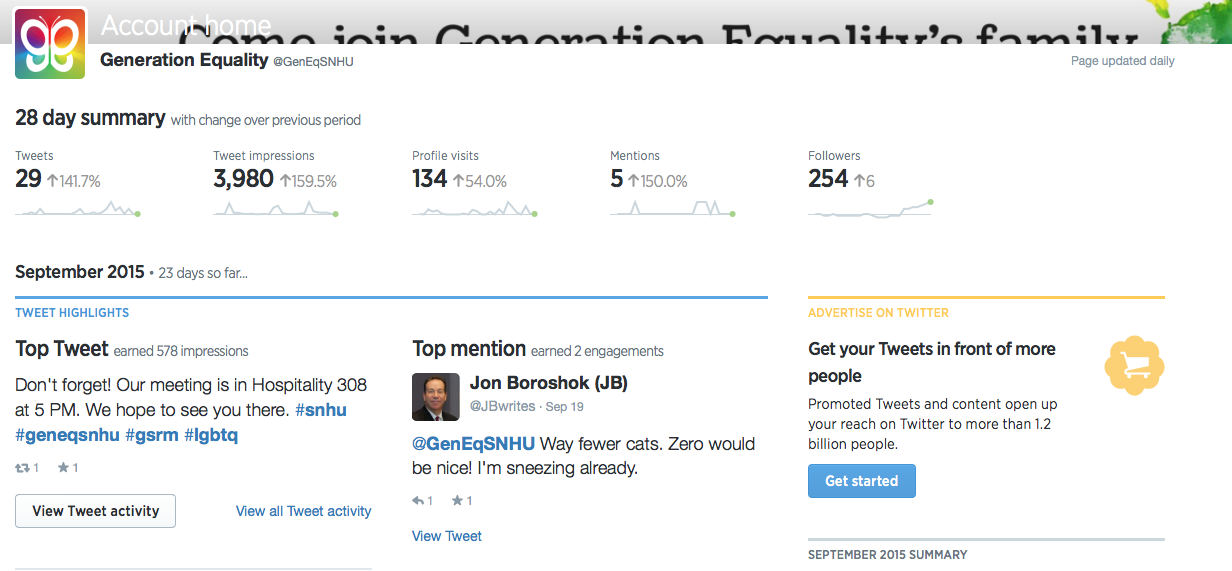
When it comes to social media, small businesses can have a leg up on larger business for many reasons. A large company can have a harder time creating and managing their brand across multiple employees and departments, including their social media presence and personality. If you’re the owner of a small business, your brand personality probably overlaps with your actual personality. When this is the case, smaller business are able to make their social media account more personable, as long as they are ready to share their personalities in their content. Here are ways small businesses can share their personality on social media:
1. Tell a story
We all know you have plenty of them. If they are funny, informational, lessons learned or anything else someone else is probably, most likely, thinking or going through the same thing you went through. Help them out! Give pointers, tell them things you wish you knew! Put your story to use!
2. Ask questions
When speaking to someone on social media or within comments, ask questions! Find out what they are really thinking. By doing this you are allowed to get to the root of the problem. This is important when trying to make a human connection. Now when you do this in blog post it allows them to take a minute and think to themselves. Who knows you may be the one giving them inspiration. What do you think? Let us know!
3. Share your passion
Life is all about finding your interests and passions. If you don’t have either interest or passion in something you will not find enjoyment or passion in sharing it. This is a huge point because if your not passionate about something what means you sharing it is any what important. When you believe in someone and share it, it shows that you have passion and shows that you believe that it is important.
4. Write like you talk
Writing content for social media is not like writing a paper in high school or college. Spice it up! It is more fun for you and the reader to write like someone is talking to them. Write with the same spice or enthusiasm as if you were telling this story to a friend. Take a conversational approach to your writing it is just as freeing as it is effecting. Write as if you were speaking directly with a prospect or customer 1 on 1.
5. Show yourself or your people
If you’re a small business owner, odds are that the people following you on social media have also been acquainted with you in real life. Show your face through photos and videos so they can connect with you online the same way they do in person.
We have given you some pointers now go share your personality on social media! Let people hear you talking, teach your readers something your business is passionate about, paint a picture in their head, and give them inspiration and knowledge. Share your experiences, your passions, your why’s, and everything in between. Be you!



























 MYPN holds lots of events like this one throughout the Manchester area, and they are a great way to connect with other professionals and to learn about things that could help your career. It’s a fantastic opportunity for young people who are transitioning from social and school life into their career life and they don’t know where to start.
MYPN holds lots of events like this one throughout the Manchester area, and they are a great way to connect with other professionals and to learn about things that could help your career. It’s a fantastic opportunity for young people who are transitioning from social and school life into their career life and they don’t know where to start.

Recent Comments